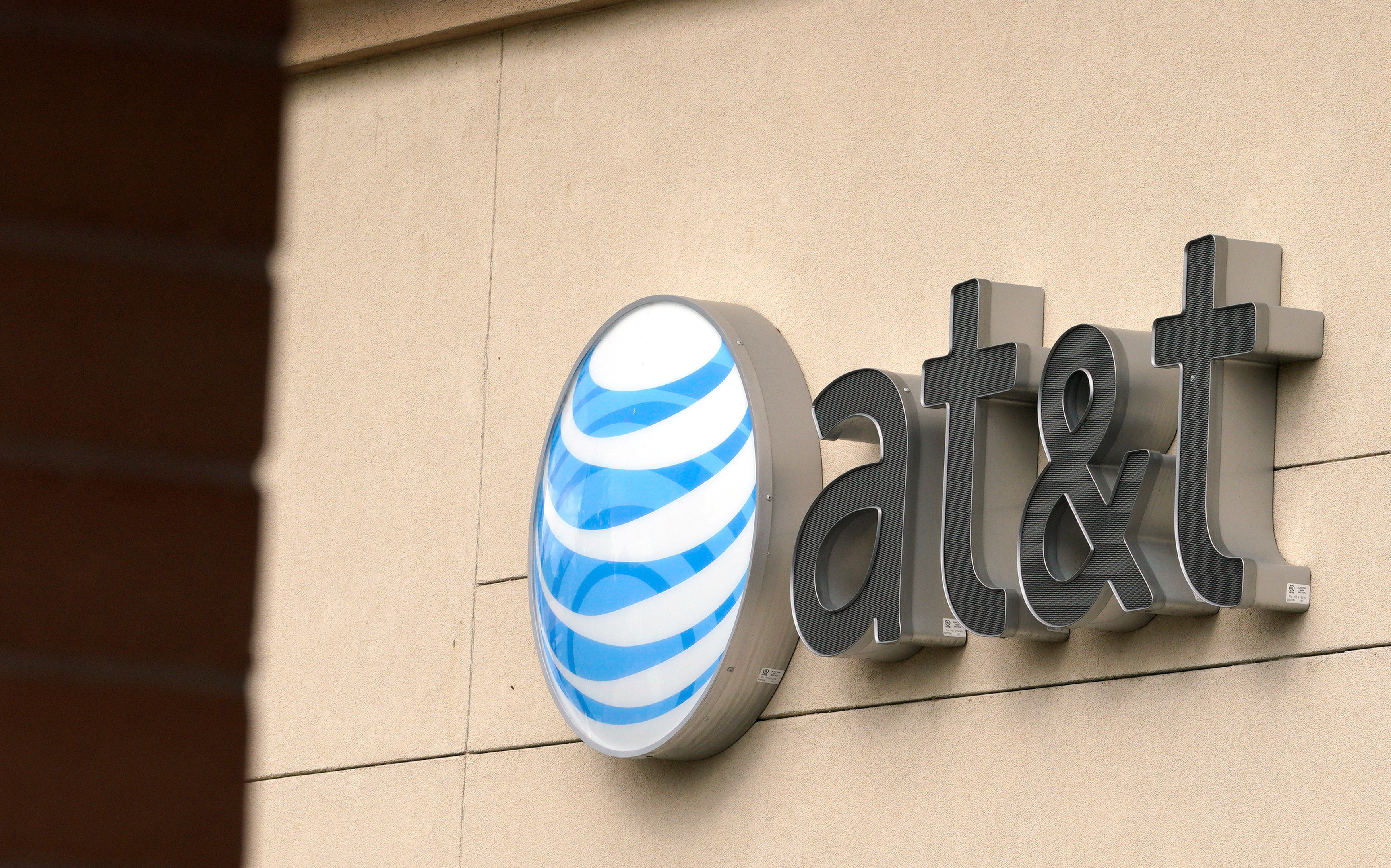
The AT&T logo is seen on a store in Golden, Colorado United States July 25, 2017. REUTERS/Rick Wilking/File Photo Acquire Licensing Rights
STOCKHOLM, Dec 4 (Reuters) – AT&T (T.N) said on Monday it chose Ericsson (ERICb.ST) to build a telecom network that uses only so-called ORAN technology and which will cover 70% of its wireless traffic in the United States by late 2026, marking a milestone for the new technology.
ORAN or open radio access network promises to cut costs drastically for telecom operators as it uses cloud-based software and gear from many suppliers instead of relying on proprietary equipment supplied by such companies as Nokia (NOKIA.HE), Ericsson and Huawei (HWT.UL) which do not work with each other.
While several telecom providers such as Telefonica (TEF.MC) and Vodafone (VOD.L) have tested the technology, mass adoption has been slow by existing carriers. New networks by Dish (DISH.O) and Japan’s Rakuten (4755.T) use Open RAN.
AT&T has been analyzing Open RAN for six months with a team of hundreds, an executive said, and has looked at multiple vendors and sought proposals.
“All of the new equipment that we are going to be putting out will be Open RAN capable,” Chris Sambar, president of AT&T Network, told Reuters.
AT&T’s spending could approach $14 billion over the five-year term of the contract with Ericsson, the company said.
Winning the Open RAN deal will make Ericsson the largest supplier to AT&T as it slowly takes over Nokia’s share, the company said.
Nokia shares fell 8.7% in New York on Monday on speculation that the company might lose the AT&T contract, analysts said. In 2020, Nokia suffered a setback when Samsung (005930.KS) won a $6.64 billion contract to supply 5G equipment to Verizon (VZ.N) in the U.S.
Open RAN has struggled as major telecom vendors had resisted opening up their proprietary interfaces for other companies over fears of losing business.
Ericsson has now agreed to open up those interfaces across its footprint, Sambar said.
“You’ve got to give them something that they really want and in return, we are going to get something that not only AT&T wants but the entire industry wants,” he said.
AT&T will still have contracts which other Open RAN vendors outside this deal.
AT&T expects fully integrated Open RAN sites operating in coordination with Ericsson and Fujitsu (6702.T), starting in 2024. In 2025, the company’s network will have equipment from multiple suppliers.
“This is not a subscale trial. This is us and our partner going 100% all in on this, so we think this is really going to change the industry,” Sambar said.
Reporting by Supantha Mukherjee in Stockholm
Editing by Matthew Lewis
Our Standards: The Thomson Reuters Trust Principles.
